This is the first of the artist’s canvases dedicated to significant dates in the history of the Commonwealth and its victories over the states that subsequently divided Poland. In the
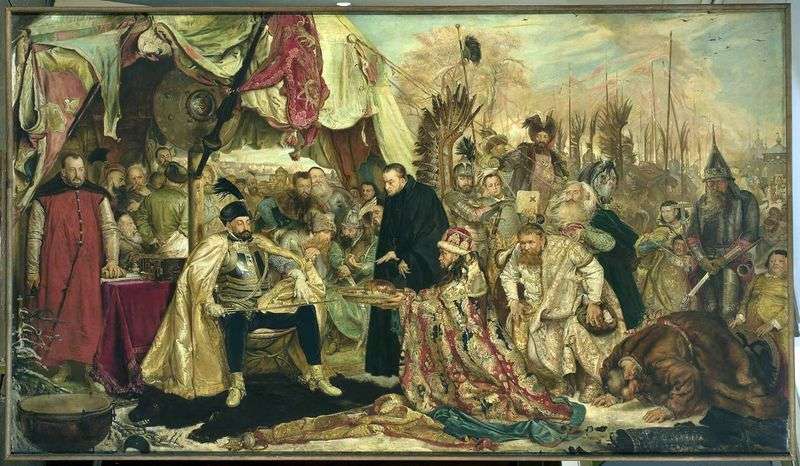

This is the first of the artist’s canvases dedicated to significant dates in the history of the Commonwealth and its victories over the states that subsequently divided Poland. In the
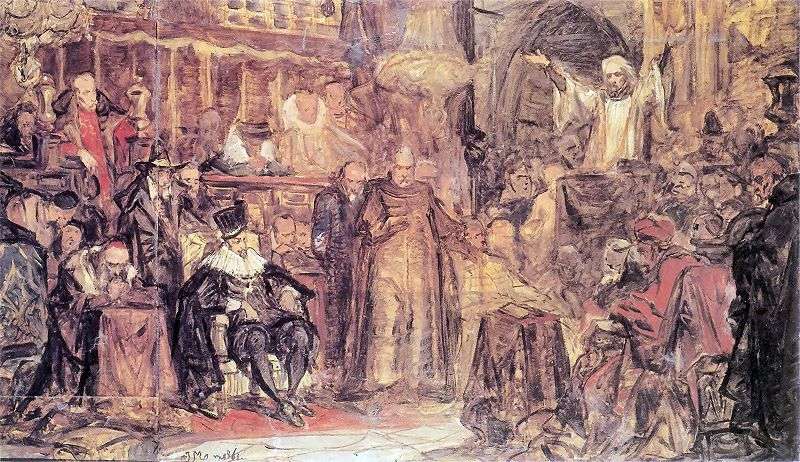
Each picture Mateyko preceded sketches. Many of them have survived to our days, and we have the opportunity to trace the process of creating the work. For example, initially in
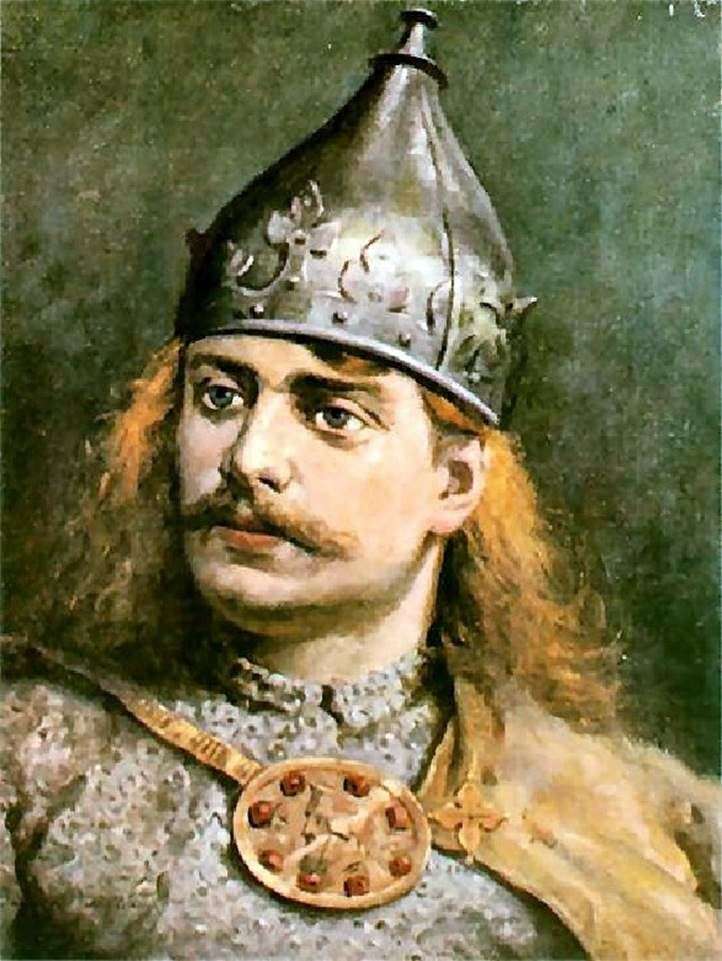
In August 1890, Gozhkovsky wrote in his diary: “The artist began to draw kings.” This work was proposed by Matejko Vienna publisher Maurizio Perles, who planned to make the album
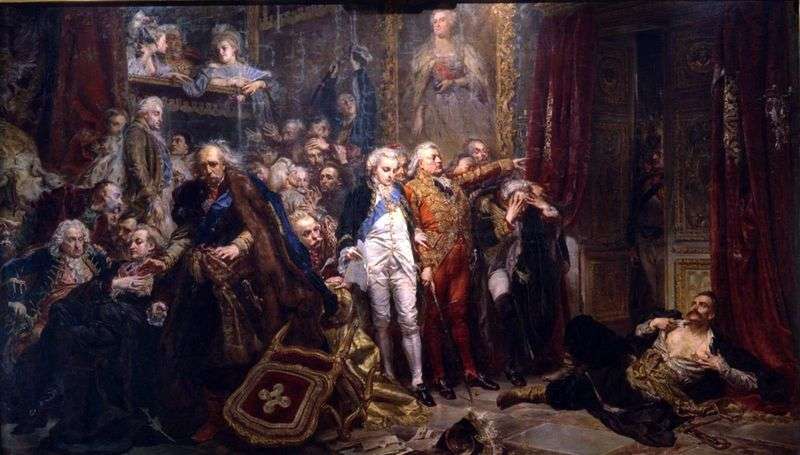
In the film “The Decline of Poland”, Mateiko saw the continuation of the story “The Sermons of Skarga”. It is based on real historical events that occurred in 1773 at
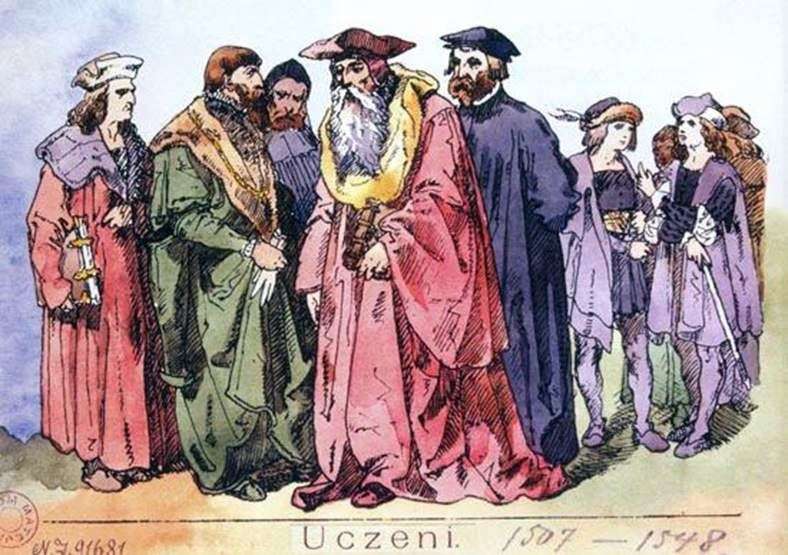
From a young age, Jan Matejko sketched historical monuments, national costumes, the interior of churches. In addition, he made extracts from the medieval folios of the Jagiellonian Library. He carefully
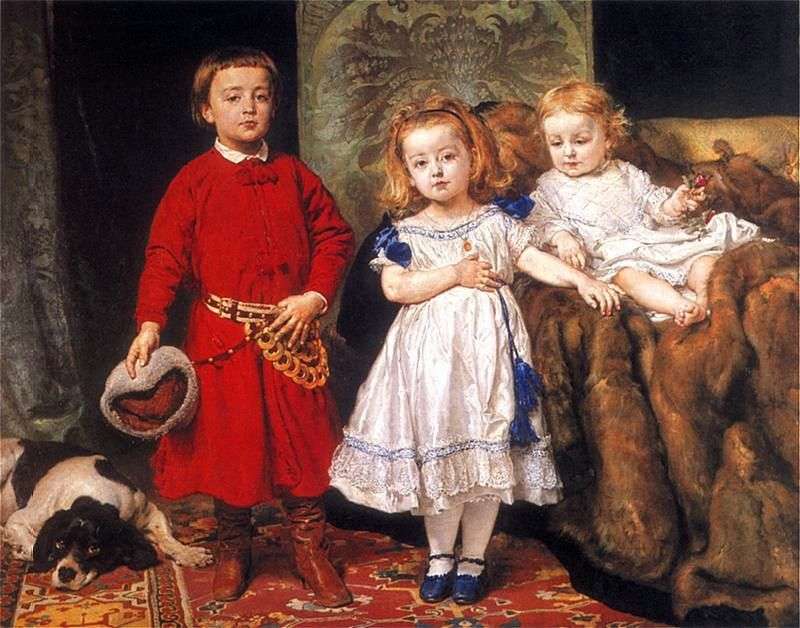
In addition to the grandiose historical canvases, a lot of portraits came out from under Mateiko’s brush. There are among them ceremonial portraits of the famous contemporaries of the artist,
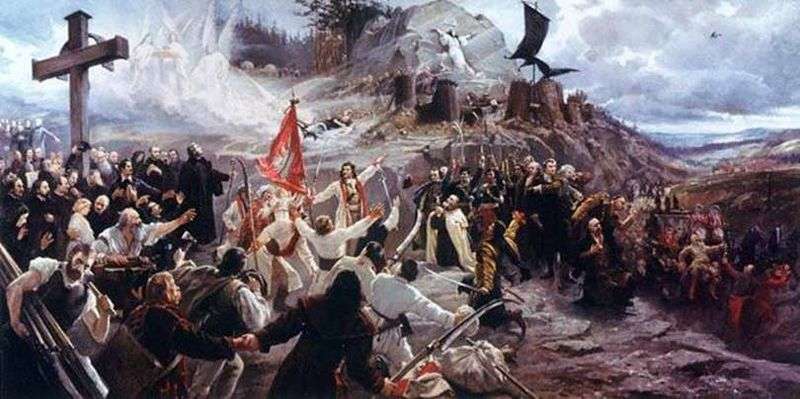
Young artists, no doubt, respected strict Professor Matejko. But, nevertheless, many reproached him for conservatism, rejection of new trends; the students, not listening to the prohibitions of the professor, sought
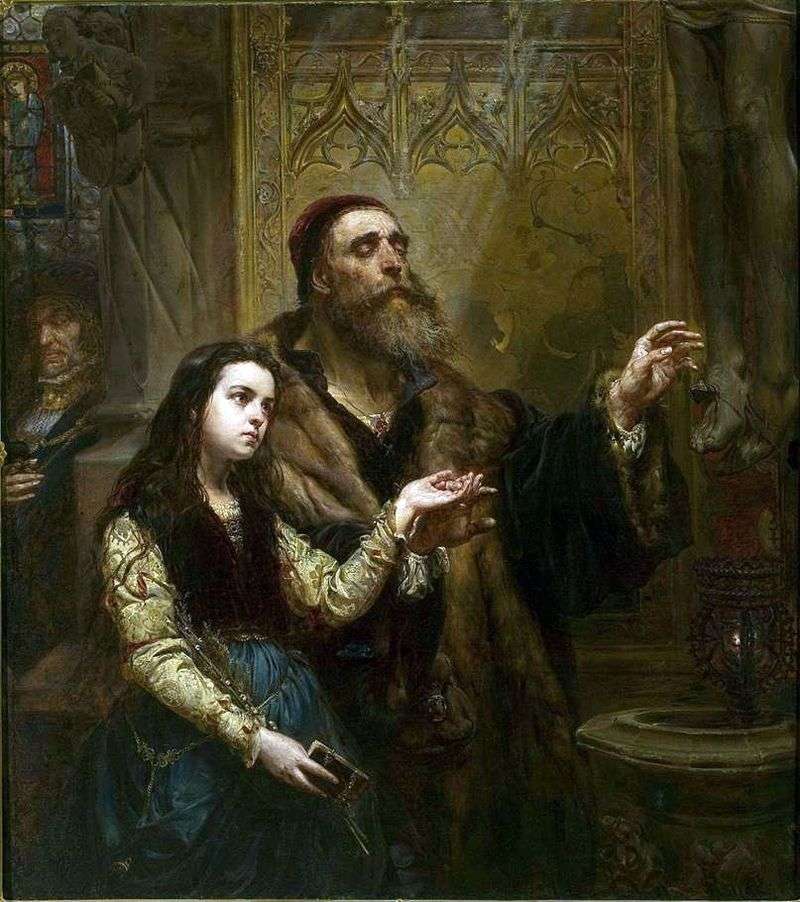
The image of the famous sculptor Vita Stevosh, the creator of one of the most beautiful Gothic altars, from a young age sunk into the soul of Matejko. In his
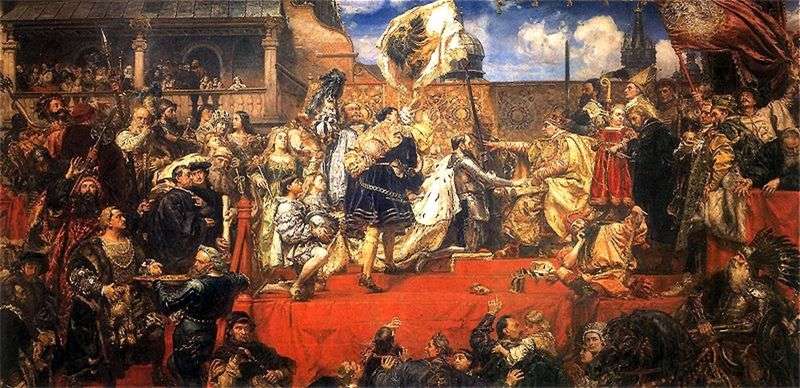
On April 10, 1525, the last Grand Master of the Order of the Crusaders and the first secular ruler of Prussia, Prince Albert Hohenzollern, took the vassal oath to King

The story of the tragic love of King Zygmunt Augustus and Barbara Radziwill was very close to the artist. In the sketch, he gave the pair in love a resemblance
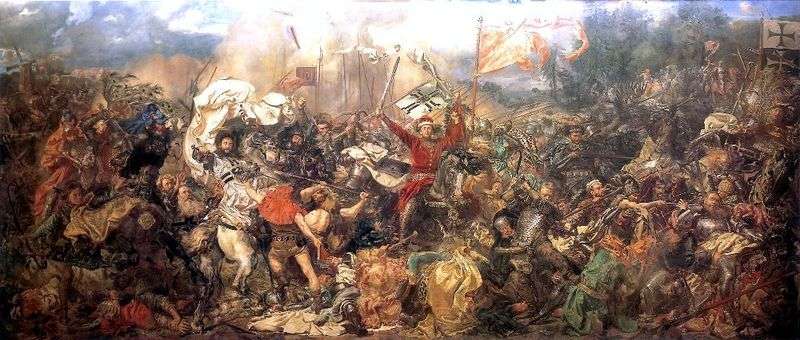
On a huge canvas, the artist depicted the last moments of the historical battle, which took place on July 15, 1410, on the field under the town of Grunwald between
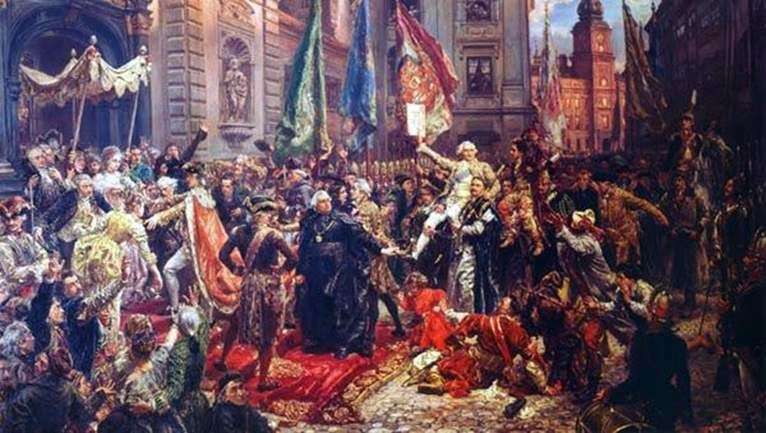
In the May 3 Constitution, Mateiko again turned to the idea of connecting in a single moment a multitude of plot lines of the development of Polish history. In this
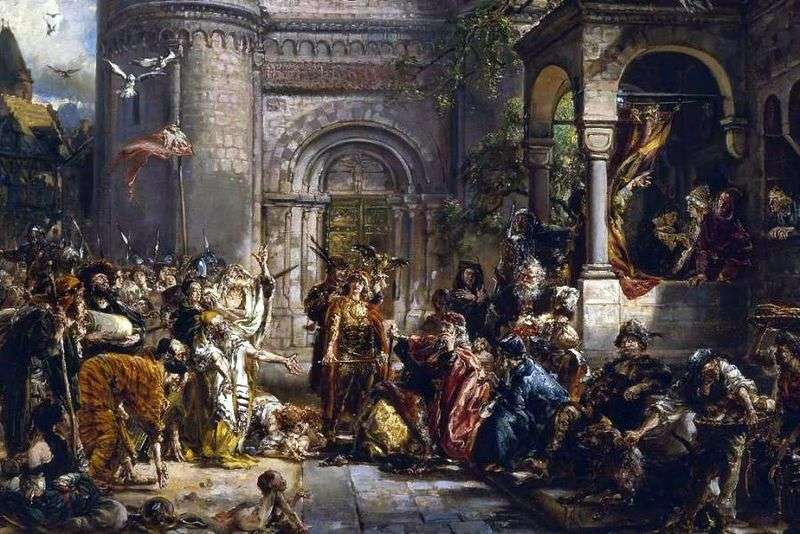
In 1887, Jan Matejko was awarded the title of Honorary Doctor of the Jagiellonian University. A year later, in June 1888, the artist began work on the cycle “The History